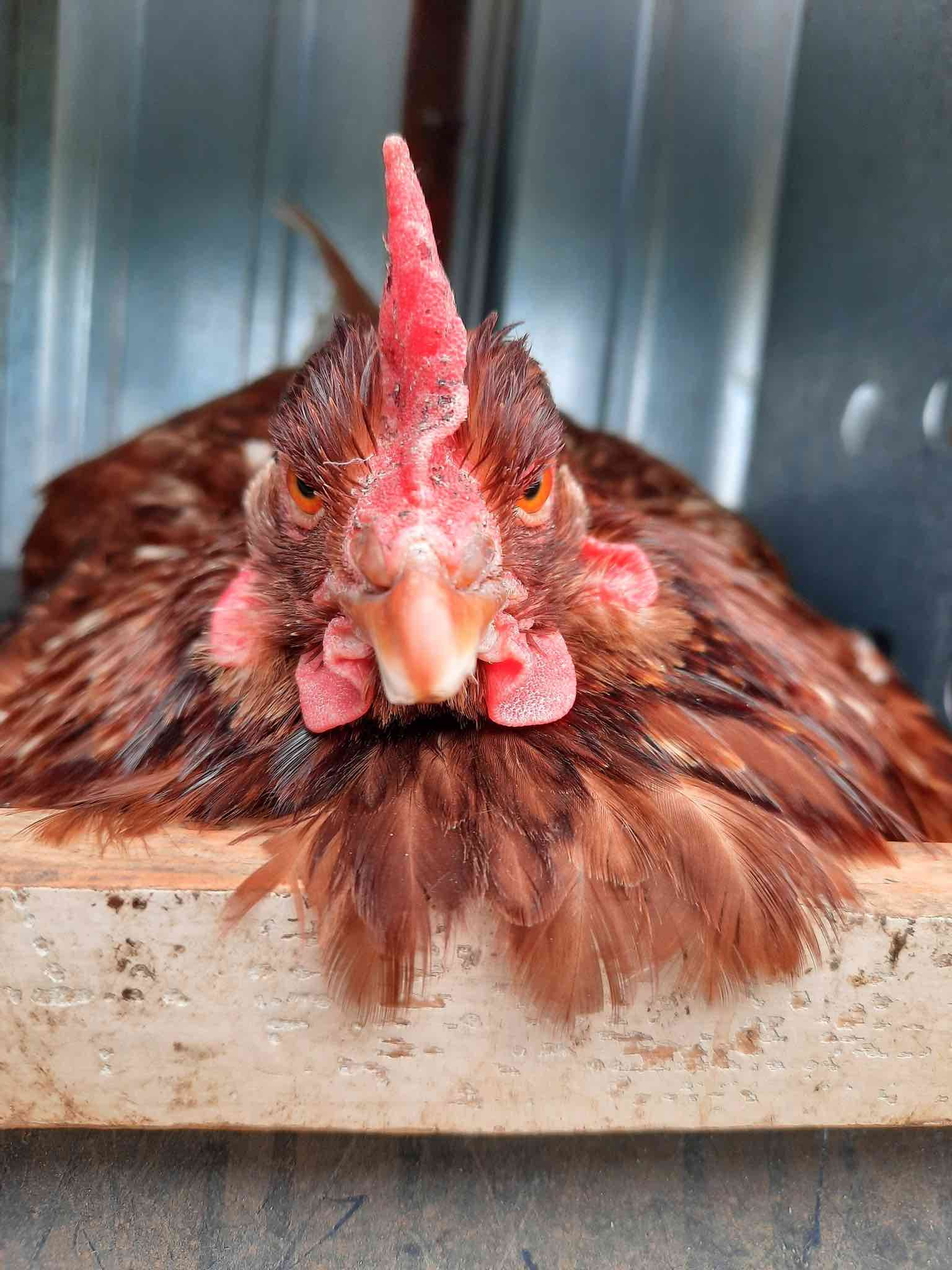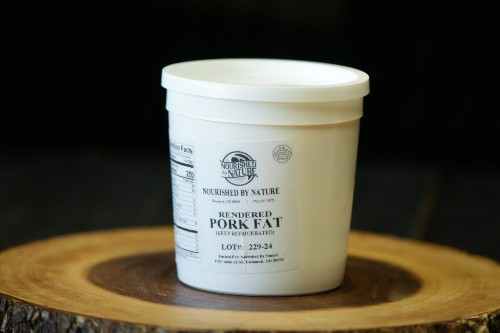Rosemary Beef Tenderloin with Blackberry Red Wine Sauce
posted on
May 21, 2015
Ingredients:
2 Nourished by Nature Beef Tenderloin Steaks
2 tsp. Fresh rosemary, plus one sprig
Fresh ground pepper and kosher salt
2 tbsp. Olive oil
1 Shallot, finely chopped
1 tsp. Chopped fresh thyme
1/2 cup Pinot Noir
2/3 cup Beef stock
1/4 cup Fresh Blackberries
2 tbsp. Blackberry preserve
1 tbsp. Unsalted butter
Directions:
Heat a cast-iron skillet over high heat for a few minutes. Dry the thawed steaks with a paper towel. Then coat with the chopped rosemary, salt, and black pepper. Add the olive oil to the skillet, let it get hot, then add the steaks and sprig of rosemary. Depending on the thickness, sear for approximately 4 minutes on each side or until the steak has a nice brown crust. Remove the steaks and rosemary from the skillet and place on a plate to rest. Cover with foil to keep warm.
Lower the heat to medium and add the shallot and thyme. Cook until soft (around 2 minutes). Add the wine and turn the heat back up to high. Reduce the wine by half, about 3 minutes. Add the beef broth, fresh blackberries, and blackberry preserve. Mash the berries into the sauce with a wooden spoon and stir. Turn the heat down and simmer until the sauce is reduced and coats the back of the spoon. Remove from the heat and stir in the butter. Add more salt and pepper if necessary. Serve the sauce over the steaks and enjoy!






